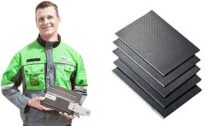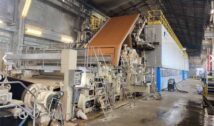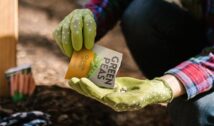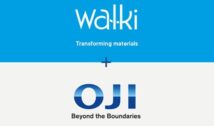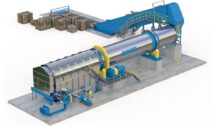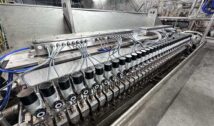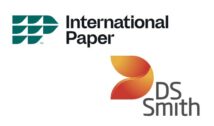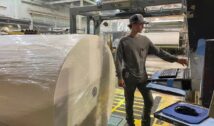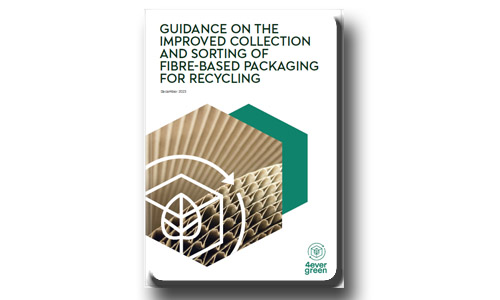
The 4evergreen alliance unveils the latest version of its Guidance on the Improved Collection and Sorting of Fibre-Based Packaging, updating the 2022 version with further industry insights on collection routes in Europe. The tool, which recommends a two-stream collection system, has also been adapted to be more user-friendly and aligned with the rest of 4evergreen’s circularity toolbox.
The key to successful and efficient recycling lies in ensuring that fibre-based packaging finds its way to the right recycling mills. To guide future collection, sorting, and recycling infrastructure, 4evergreen’s experts in the workstream on collection and sorting – representing leading companies from across the value chain – have worked on a new version of the “Guidance on the Improved Collection and Sorting of Fibre-Based Packaging for Recycling.”
Originally published in September 2022, the document has been streamlined to make it even easier to use as a reference for effective collection and sorting practices across Europe. In addition, the content of the Guidance is now in line with 4evergreen’s other tools, adding to the alliance’s efforts to create a comprehensive toolbox with a consistent terminology and understanding that works at all stages of the packaging value chain.
“With this streamlined document, we’ve paved the way for a more accessible and user-friendly resource for fibre-based packaging actors. It’s a significant step towards fostering consistency and harmonisation in collection systems – locally and at national and European levels,” says Michel Willems, European Business Coordinator at Smurfit Kappa Recycling, and WS3 Co-lead.
New version confirms recommendation on two-stream collection
The newly released guidance has undergone a comprehensive review, including an external stakeholder consultation for the first time. The added information confirms 4evergreen’s recommendation to collect fibre-based packaging in two separate streams.
Under this recommendation, the ‘blue bin’ holds paper, board, and fibre-based packaging for standard and deinking paper mills. The ‘yellow bin’ is for specific packaging types, like used beverage cartons and fibre-based composite packaging, requiring specialised paper mills.
Moreover, the new Guidance deeply examines ‘routes’ from collection to recycling at the dedicated paper and board mills and provides practical recommendations on how to improve collection.
A further revision of the document including key topics such as HORECA (hotel /restaurant / catering)/on-the-go packaging and sorting deep-dive, is foreseen for 2024
As key to increasing the already well-established recycling system in Europe, the Guidance endorses source-separated household kerbside collection, empowering consumers to recycle effectively.
Background
The Guidance on the Improved Collection and Sorting version two is the latest in a series of expert-led industry tools the 4evergreen alliance is developing to help drive the sector towards its ambition of perfecting the circularity of fibre-based packaging.
The toolbox also includes:
- the Recyclability Evaluation Protocol – part one for standard mills that provides a harmonised method to evaluate individual fibre-based packaging products and score their suitability for recycling in standard mills. Parts 2 and 3 for Specialised and De-inking mills are underway.
- The Circularity by Design Guideline – version two that offers recommendations to designers and manufacturers to evaluate the compatibility of materials and components with standard and specialised recycling processes; particularly, for the recycling of used beverage cartons (UBC) and packaging of similar composition.
The alliance is working to extend these tools over all the categories of fibre-based packaging to ensure that these valuable raw materials will be kept in the production loop as long as possible.



